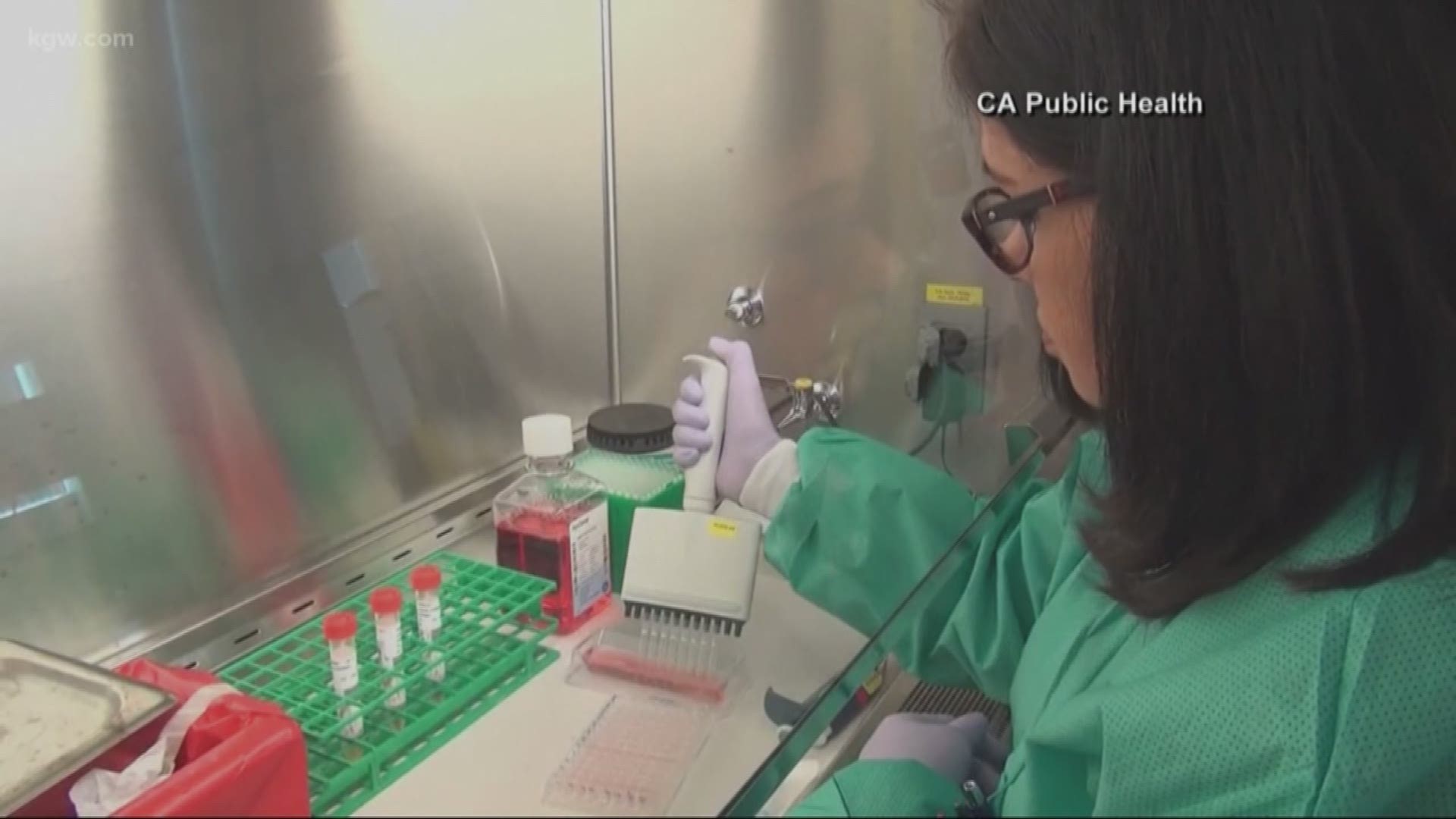PORTLAND, Ore. — State health officials are preparing to test an increased number of new COVID-19 patients.
“We're prepared to handle it,” said Dr. Dean Sidelinger, Oregon's State Health Officer and Epidemiologist.
Sidelinger and his team are working around the clock fielding possible COVID-19 patients and figuring out who needs to be tested for the disease.
The state is following the CDC’s guidelines to decide who to test. As of Monday, that included patients who fell under one of three categories: People who've traveled to a country where COVID-19 is spreading rapidly, people showing symptoms and have had contact with someone diagnosed with COVID-19, or people hospitalized with severe respiratory symptoms and ruled out for other illnesses like the flu.
So far, three people in Oregon have tested presumptive positive for COVID-19. Those samples were shipped to CDC headquarters for another test to confirm those results.
“We assume that these tests that are positive here in Oregon are going to be positive at the Centers for Disease Control and Prevention,” said Sidelinger. “But until we get that confirmatory test, we do call it a presumptive test here in Oregon.”
Oregon has enough emergency test kits from the CDC to test up to 80 people a day and material for 1,500 tests. State health officials are training more staff to administer the test to meet what they're expecting to be a growing demand.
“We're going to identify more people who have symptoms and are going to be tested for COVID-19,” said Sidelinger. “I can't predict the exact amount but as the disease appears to be spreading in the community, we do anticipate that the requests for tests are going to continue to increase.”
Sidelinger believes the vast majority of people who get COVID-19 will have mild symptoms and may never even know they have it. That makes things tricky since they could still pose a risk to others, particularly older people and those with underlying medical conditions.
“Just because someone may have mild symptoms if they come in contact with a person in a high-risk group, that person is still at high risk for developing complications,” said Sidelinger. “That's why some of the simple steps we've used for centuries are what we continue to recommend with this infection because they work.”
Those steps include staying at home until you’re no longer sick, covering your mouth when you sneeze or cough, not touching your nose or mouth and washing your hands frequently.

